
5 Sustainable Halloween Decorating Ideas
Create a Sustainable Halloween by Using Things Found In Nature
It’s the season of ghosts and ghouls! Almost every porch, front door, and neighbourhood tree celebrates with spooky spider webs, plastic skeletons dangling from tree limbs, and jack-o-lanterns. In the United States alone, Americans spend about $2.36 billion on plastic single-use Halloween decorations yearly. It gets scarier: 40% of consumers buy pumpkins to carve, but 60% of those ghouls and goblins are tossed into the garbage. This adds up to 1 billion pounds of pumpkins sent to landfills annually, where they rot and emit greenhouse gases into the atmosphere. That’s genuinely spine-chilling!
Nature can be just as spine-chilling as plastic spider webs, maybe even more. Look around the garden and check out these eerie alternatives for a creepy and sustainable Halloween.
5 Easy-to-Find Items for a Sustainable Halloween Decor
1. Leaves
Fallen leaves are easy to find this time of year. Use this bounty to cover your front steps or walkway. The rustling sound the blanket of leaves makes as the ghosts and ghouls trample through creates an eerie ambience.
Try filling an old white pillowcase or sheet with fallen leaves, tie the opening so they don’t fall out, and hang it by the front door. Leaves are also great stuffing for homemade scarecrows.
Leaves make excellent garden mulch, so scatter them on top of all your garden beds. As they decompose, they add nutrients, such as nitrogen, back into the soil, feeding the microbial life beneath the surface. Leaf mulch also keeps the perennial roots of your favourite summer daisies warm and snug through the winter.
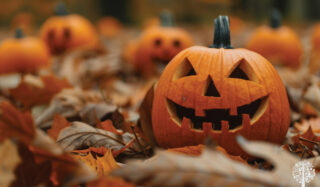
2.Pumpkins
After the days of pumpkin lighting are over, don’t toss the pumpkin; add it to the compost or straight onto the garden. As it decomposes, the soil is nourished.

3. Seed Heads
Seed heads of summer favourites such as echinacea or sunflowers make a ghoulish flower bouquet inside or outside. Add corn husks to the bouquet, then fill large vases or containers. After the trick-or-treating, hang the seed heads on shrubs and trees in the garden for the birds to enjoy and spread the corn husks onto garden beds as mulch.
4. Sticks
It’s not hard to find sticks lying on the ground. Gather up a few and fashion them into a star shape. Tie the sticks together with the garden string and then weave the string between the sticks in a circle around the star shape to create a web. It’s easy to dismantle, and the sticks can make an insect hotel for ground bees, beetles and other insects the garden needs to thrive.
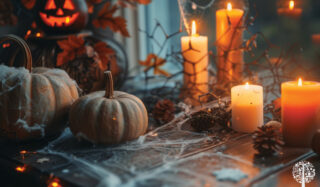
5. Pinecones
Large or small pinecones are easy to find and have many creepy features. Tie them together to make a door wreath interspersed with sticks and leaves. How about a spider with stick legs? Fill a bucket or plant container with pinecones and add some orange lights. Add them to the insect hotel in the garden when you no longer need them for Halloween. Their crevices make nice, warm hiding places for beetles.
These are just a few sustainable ideas that can turn Halloween into a bonanza for the garden! Who needs plastic?

- Jennifer Cole
Trending Articles Today
Similar Articles
Trick or Treat? These Tricks For An Eco-Friendly Halloween Are A Real Treat!
Witches and goblins will soon haunt the streets, but the wasteful ways of Halloween are the real scare! Here are our tips for an eco-friendly celebration.
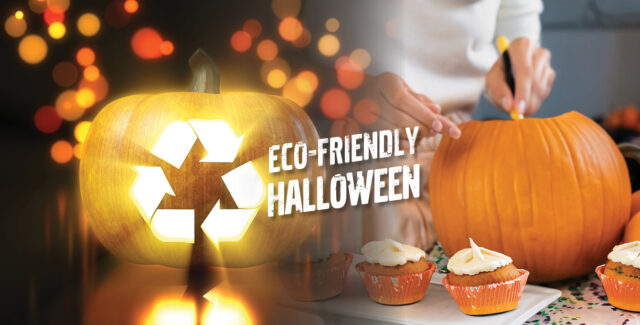
5 Cool Ways To Use A Pumpkin After Halloween
Halloween isn’t complete without the perfect pumpkin! Around the world, many families continue the tradition of picking an orange squash, carving a face into them,
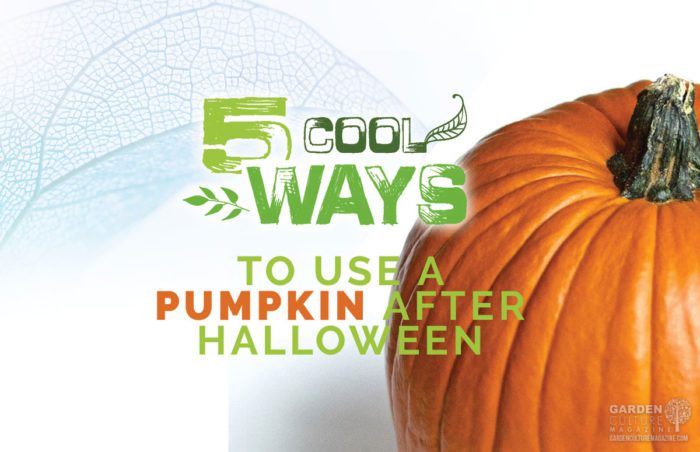
Halloween With A Twist: Carving Turnips, Bell Peppers, And Even Watermelons!
Ready to have some spooky fun? While pumpkins are the traditional choice for carving, turnips, peppers, and melons are perfect for Halloween too!
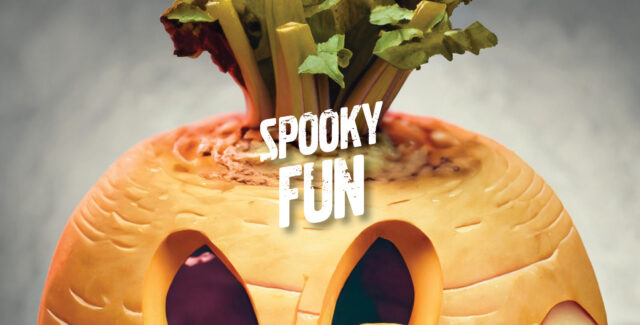

One Response
Great article! I love the idea of using nature for Halloween decorations. It’s a refreshing take compared to plastic ones that harm the environment. Just wondering if anyone has tried making a leaf-stuffed scarecrow? And on the note of pumpkins, the decomposition benefits sound awesome but is there a way to use them creatively before composting? Thanks again for the cool tips!